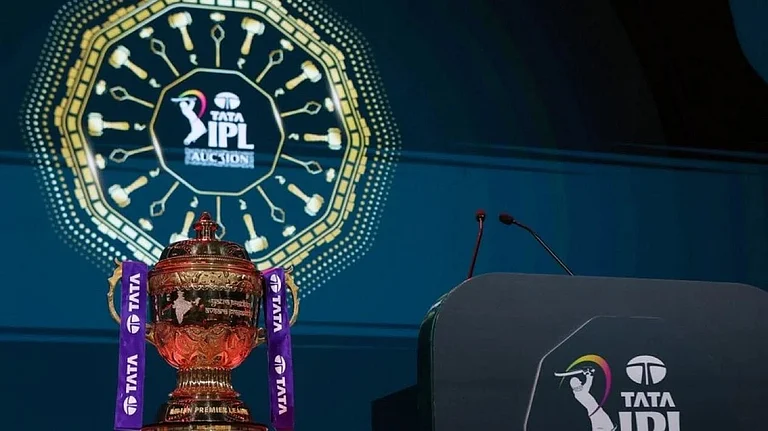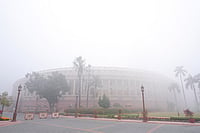IS the Indian power sector at last poised for that great leap forward which has been promised since 1992? The last four weeks have seen frenetic activity in the power ministry. The government has announced a slew of policiesincluding some politically courageous ones, hacked through the red tape jungle to clear a number of projects, and says it is laying the ground for more than a dozen mega power projects that will rip through the demand-supply mismatch over the next few years.
If the proposals announced are implemented fully, it will change the way both India and the world looks at the Indian power sector.
One can well understand the governments hurry. Firstly, as minister for power P.R. Kumaramangalam candidly puts it:"The situation is critical. If we dont act now, very soon the problem will go out of our hands." Enoughsome fear too muchtime has already been lost.
India has a huge power shortfall. State Electricity Boards (SEBs) are financial wrecks, subsidies are reaching absurd levels, and private projects have failed to come up due to bureaucratic waffling and legal hurdles. Says Uddesh Kohli, chairman, Power Finance Corporation (PFC): "Demand has been increasing at around 10 per cent annually. And shortfall is rising too because in the 8th Five-Year Plan, the actual capacity addition was only 50-55 per cent of the target."
Much of the countrys power generation sector is in a shambles. Says a power ministry official: "The average plant load factor (PLF) of our power generation plants is less than 60 per cent. In eastern India, many plants operate with a PLF of as low as 11 per cent." According to a PFC study, 239 generating units in 99 power stations require immediate renovation.
But the government is also working at fever pitch because post-Pokhran, swift action in the power sector could be just the carrot for wary foreign investors. Itll indicate that the government intends to continue reforms. Also, since most potential investors are US companies, it could end up as indirect pressure on the Clinton administration to go easy on sanctions. The day after the second round of tests, Kumaramangalam cleared three "fast-track projects" that have been hanging fire for years.
But the minister had begun moving on a war footing even before India went ballistic. Late last month, the government promulgated an ordinance to set up tariff regulatory bodies at central and state levels. Through these, it plans to gradually jettison the debilitating load of subsidies.
The core problem with power sector reforms has been that private producers will not sell power to the SEBs, because the SEBs cannot pay the bills. This is because by subsidising the price of electricity, especially for farmers, most state governments have forced SEBs to sell power at a price far lower than the cost of producing that power, and so naturally, they run at huge losses. The new ordinance tackles this politically sensitive problem head on, saying that power subsidies for all sectors except agriculture (which will enjoy a three-year moratorium) should be brought down to a maximum of 50 per cent of power cost. A state is free to give higher subsidies but it will have to foot the bill. "I dont mind subsidised power, provided the states pay for it themselves and feel where the shoe pinches," says Kumaramangalam. And for states which carry the reforms forward, he is dangling the incentive of lower interest rates on power project loans. In the meantime, the government intends to invite bids for 15 mega projects with a cumulative capacity of 75,000 megawatts.
Will the strategy work? Says Kohli: "The scenario is not likely to be bright at the end of the Ninth Plan as one year is already gone but it might improve in the Tenth Plan period." Theres also the question of implementation. In the early nineties, nearly 200 MOUs were signed for independent power projects, but only a handful have finally seen the light of day. The ministry will have to maintain this frenetic pace to get India back into the light.






















